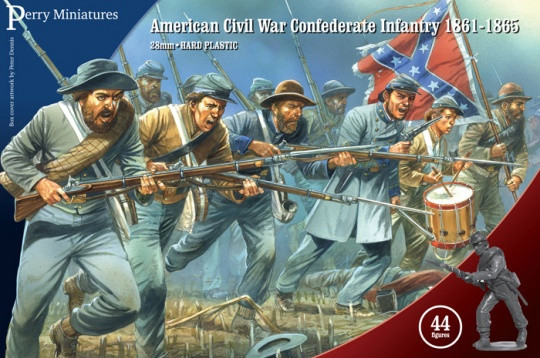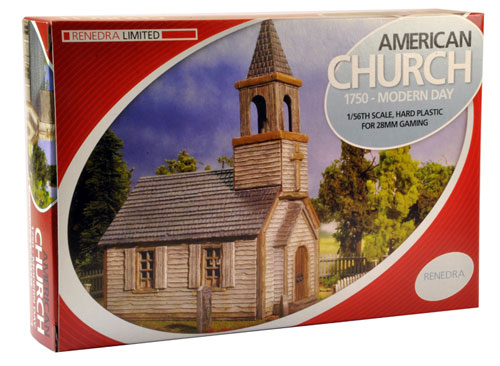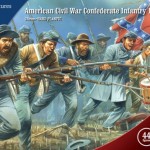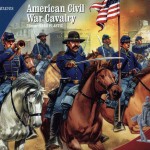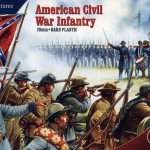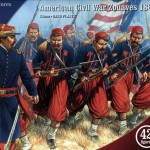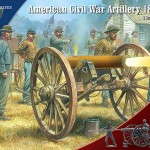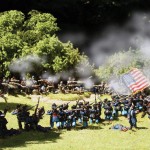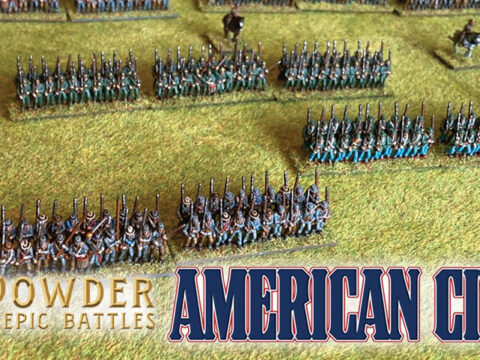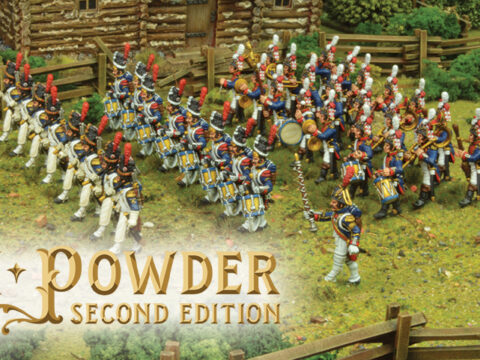Joe Clarke has a passion for the war of 1861-1865 and has dug up some interesting background to play a slightly different scenario with your Black Powder American Civil War ‘Glory, Hallelujah!’ supplement.
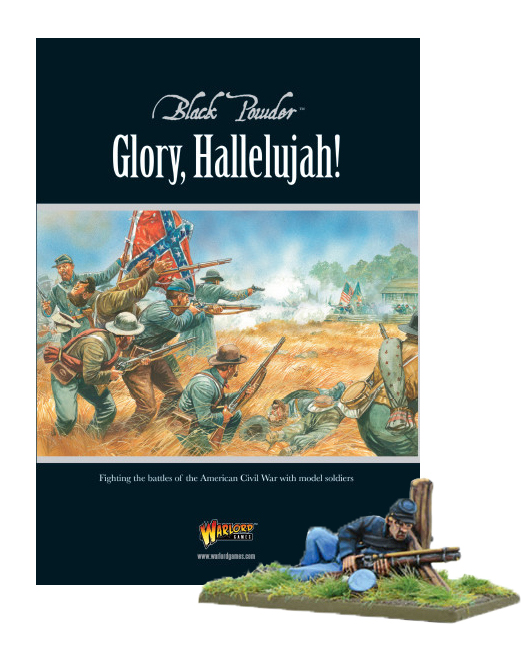
When we hear of the American Civil war, we think of the great battles of Bull Run, Antietam Creek and Gettysburg, however, before the first shot on Fort Sumpter had been fired, violence had already erupted in the Kansas Territory. “Bleeding Kansas” as it was named by one New York Senator, was a series of violent confrontations and continual guerrilla warfare involving anti-slavery “Free-Staters” and pro-slavery “Border Ruffian” elements in Kansas between 1854 and 1861.
The spark to this conflict was the Kansas–Nebraska Act of 1854, which essentially asked the settlers of the state to vote whether they wanted to keep or to ban slavery. In an attempt to sway the vote, both sides had many of their followers head to Kansas to settle and become voters, the Southerners mostly came from Missouri, whereas the Northerners were aided by the New England Emigrant Aid Company, which was known to have Anti-Slavery sentiments.
One of these Northern emigrants was John Brown and his five sons, who would go on to commit the massacre at Pottawatomie Creek and the raid on Harper’s Ferry. The scale of emigration escalated through the following years, causing bloodier attacks.
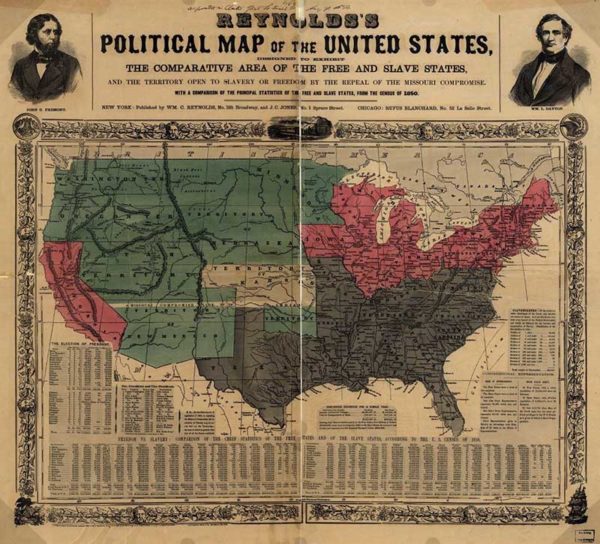
November 21 to December 9, 1855
By 1855, Kansas had become a hot bed of two very opposed groups and the situation inevitably led to violence. The first major violent action was the Wakarusa War, which was centred on the Anti-Slavery committee of Lawrence, Kansas. The war began when a Free-Stater named Charles Dow was shot and killed by pro-slavery settler Franklin N. Coleman in a dispute over a claim in November.
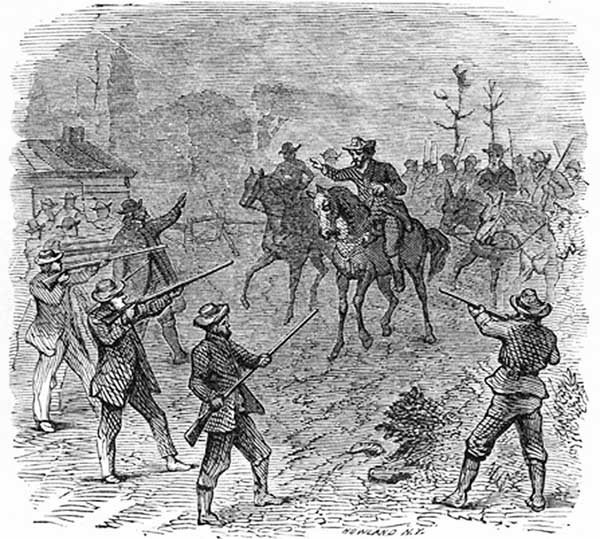
J.N. Holloway’s the “Rescue of Branson” portrays a posse of Free-Staters rescuing Jacob Branson after his arrest.
His associate Jacob Branson was arrested for questioning by Samuel J. Jones, sheriff of Douglas County. In a daring raid however, Branson was rescued by free-state men who took him back to Lawrence. Jones summoned a posse and sent a dispatch to his father-in-law, Col. Boone, at Westport, Missouri, asking for aid to recapture Branson. The governor was also sent a message and eventually called out the militia of Kansas to put down a supposed ‘rebellion’ at Lawrence.
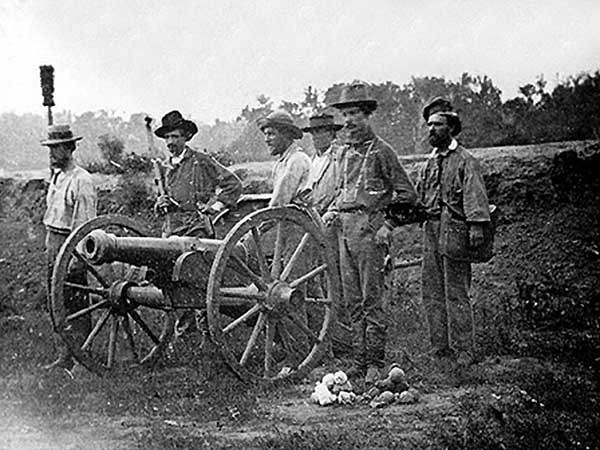 One of the quintessential images of the Bleedin’ Kansas War- A picture of Old Sacramento an 8-pounder cannon.
One of the quintessential images of the Bleedin’ Kansas War- A picture of Old Sacramento an 8-pounder cannon.
On December 1st 1855 a small force of 1500 “border ruffians”, led by Sheriff Samuel J. Jones, entered Kansas and besieged Lawrence. Both sides were fairly well armed, as the border ruffians had broken into the United States Arsenal at Liberty Missouri and had stolen a number of cannon. The defenders of Lawrence numbered around 800 men and were just as well armed, thanks to the New England Emigrant Aid Company, which had provided many of the townsfolk with the latest Sharps rifle, a breech loading rifle renowned for its accuracy and rate of fire. A single cannon had also been sneaked in to Lawrence and was added to the defence.
 A Sharps’ Rifle
A Sharps’ Rifle
In preparation the defenders of Lawrence had erected barricades and five circular redoubts, made of hewn timber against which an earth embankment was thrown up about 5 feet high and 4 feet wide at the top, while surrounding it was a deep entrenchment. These were spaced throughout the town, guarding each approach. The remaining defenders were then posted to the houses surrounding the centre of the town.
No attack on Lawrence was ever made however. In an attempt to end this conflict peacefully the rescuers were forced to leave town and Sheriff Jones was even allowed to enter to complete some of his duties. The Governor finally intervened and a peace treaty was signed between the two parties. Both forces disbanded and the Wakarusa War was at an end.
A What if… Scenario
The Wakarusa War did end in peace, however that never makes for an interesting battle, so for those wanting a break from re-fighting the regular battles of the civil war, how about having a go at fighting the Wakarusa War, with the Pro-Slavery border ruffians, attacking the defending Free-Soldiers. Below is a simple idea for the battle of Lawrence.
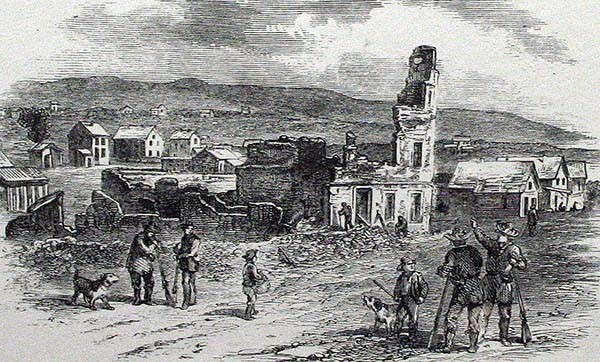
The Battle of Lawrence…
Attackers: 1500 ‘Border Ruffians’ – These can be a mix of mounted as dismounted confederate raiders armed with an assortment of weapons.
2 or 3x Cannon – 8pdrs (the exact number is unknown so change this as you see fit)
Defenders: 800 ‘Disciplined’ Civilians – The residents of Lawrence were well drilled before the ‘bush-whackers’ besieged the town and they were mostly armed with Sharp’s rifles and pistols. They are to be deployed in the town.
1x Cannon – 8pdr – this can be deployed anywhere in the town.
5x Redoubt forts- these again were fairly strongly built and were manned by the defenders, these again must be placed inside the towns’ area.
X number of barricades – depending on your own thoughts, the defender should also get barricades as the citizens built these a lot quicker than the redoubts.
The aim of this game is for the defenders to hold off for a number of turns or until one side is routed. The fight will be bloody but I hope it will give a bit of spice to your wargaming.
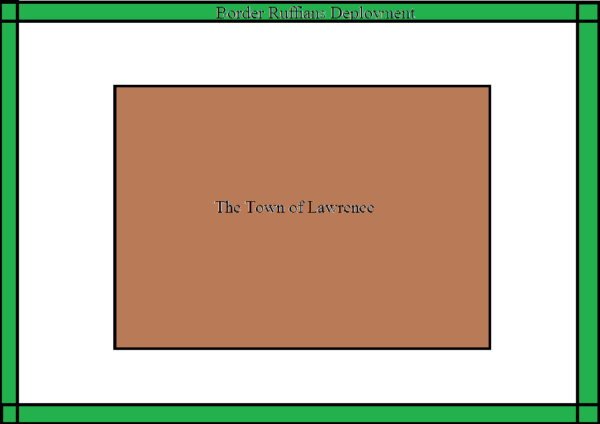
You can read more about the Wakarusa War by visiting the Civil War on the Western boarder.
Do you have an article within you? Are you itching to show your collection to the world of Bolt Action? Then drop us a line with a couple of pictures to info@warlordgames.com or share with all over at the Warlord Forum
Why not try this scenario with a variety of models from the Black powder range:
